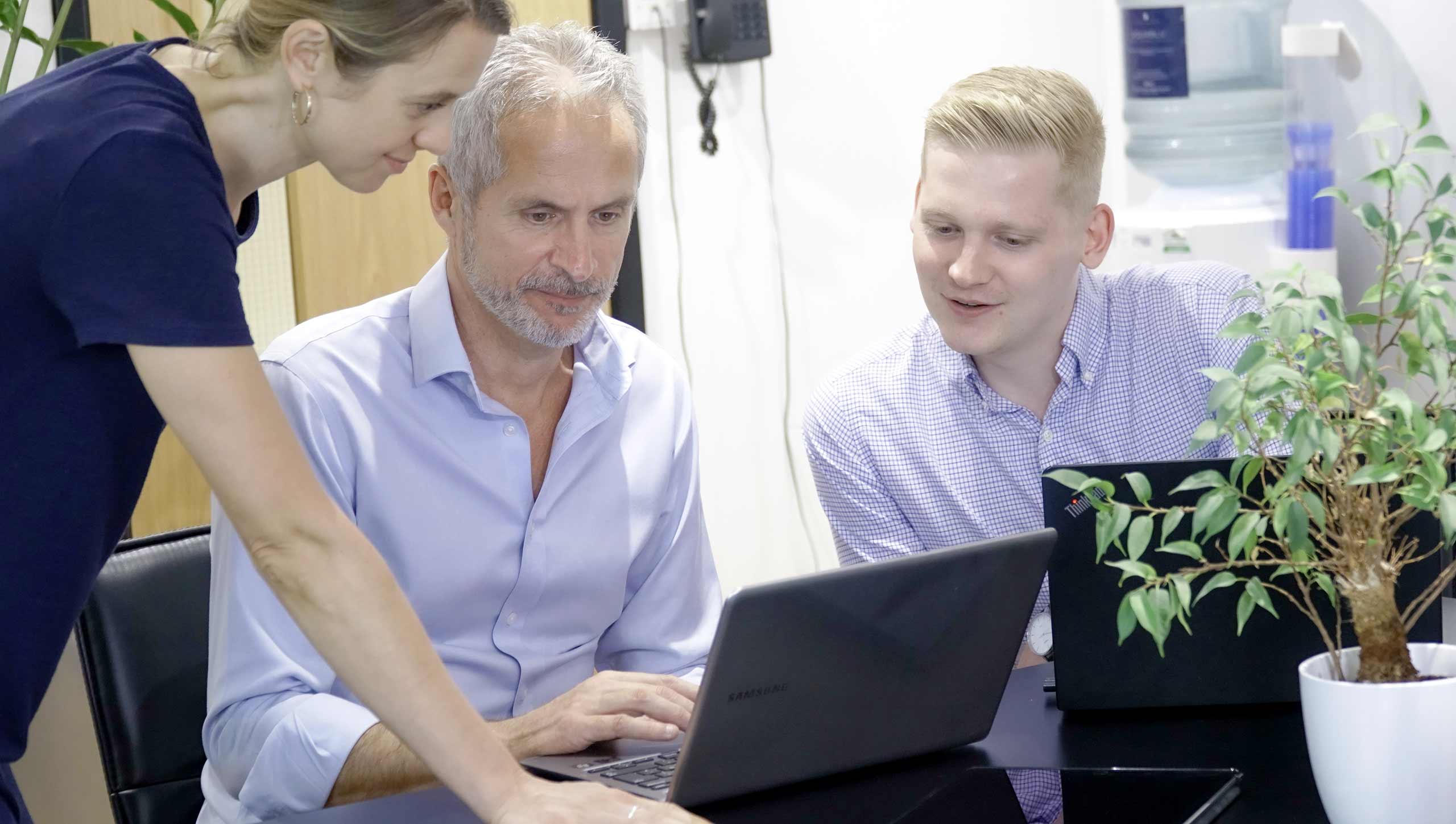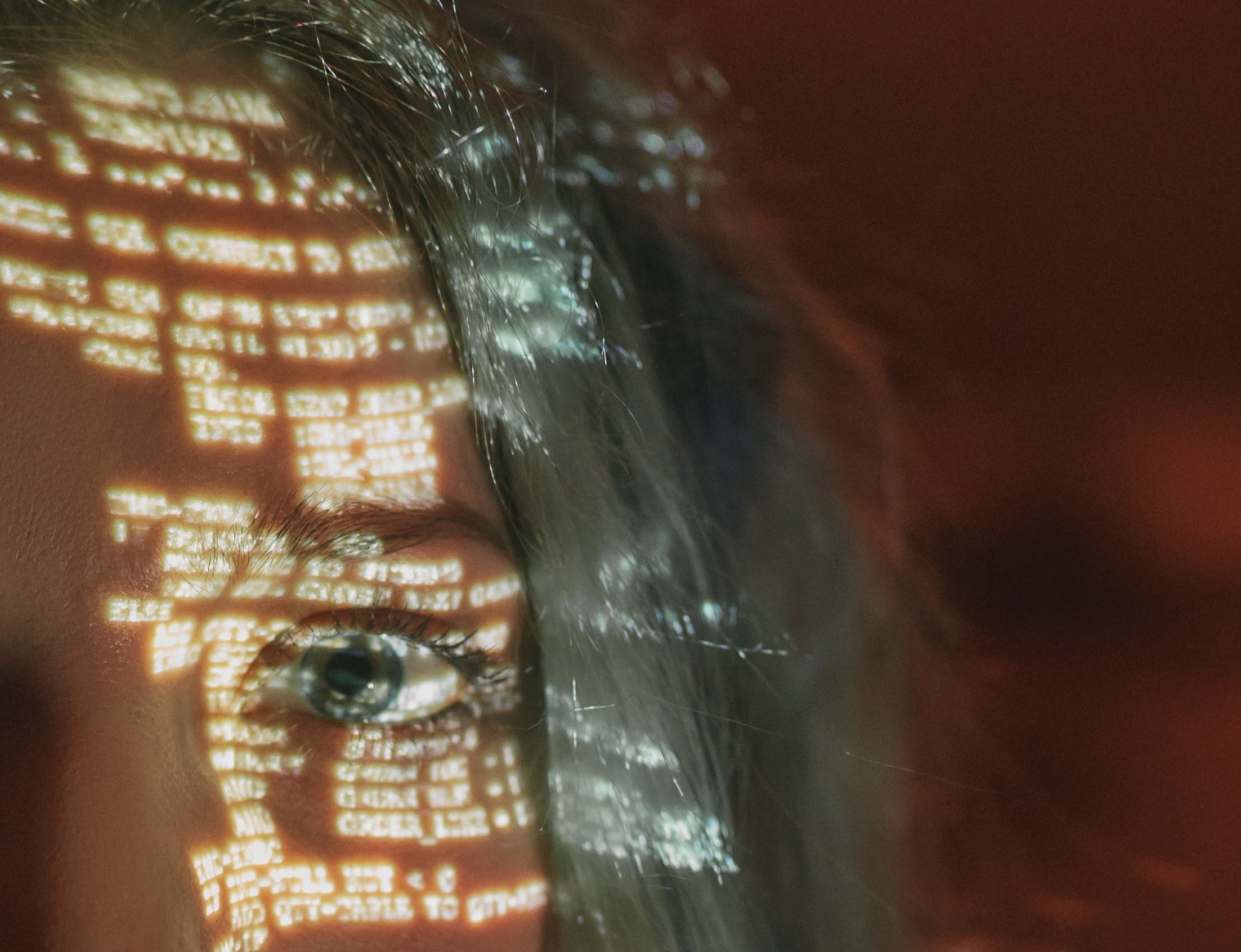Brain of Britain is a geeky general knowledge quiz on BBC Radio 4 in which contestants are asked fiendishly difficult questions. Here’s one I would like to suggest:
“What is the connection between a chocolate covered flake, a spiny lobster and a CEO?” (Answer: Ripples.)
Ripple is a Galaxy chocolate covered flake. The spiny lobster can detect minute movements in water (ripples), and today’s CEO needs ‘ripple intelligence’ according to the latest research from Oxford University.
Assuming our readers are not interested in chocolate or marine crustaceans, I’ll say a little more about ripple intelligence. In a study of 150 CEOs from around the world, Oxford’s Said Business School teamed up with Heidrick and Struggles to discover how CEOs go about doing their work and what it takes to succeed. The first output is ‘The CEO Report’ which describes the notion of ripple intelligence. The idea is intriguing and makes great sense. Let me explain.
In today’s interconnected world there are complex and counter-intuitive associations and causes that can be hard to detect, let alone predict or interpret. The idea that a butterfly beating its wings in one part of the world can set off a chain of events that results in a freak weather pattern elsewhere is a claim of chaos theory. Ripple intelligence has some echoes of this.
As events transpire in any market sector, they may have connections with a common cause or may have consequential effects on other issues. These connections need to be observed, understood and interpreted if organisations are to respond appropriately. As examples, the convergence of technologies in mobile telecoms has had major implications for the manufacturers of cameras, computers, audio recorders, personal music players and the like. Detecting these ripples early allowed the iPhone to create a new market and gave it first mover advantage.
Effective CEOs spend a great deal of time focusing on the world beyond the boundaries of their organisations in order to seek out the patterns and trends in the ‘ripples’ they can detect and to translate them into potentially major implications for their organisations. This is a function that has been called ‘sense making’. It causes pictures to emerge from apparently chaotic data. It is the first step in what we have called ‘Setting Strategic Direction’, the first leadership task in our Primary Colours® Model of Leadership.




















